当前位置:网站首页>Super wow fast row, you are worth learning!
Super wow fast row, you are worth learning!
2022-07-05 14:48:00 【Old fish 37】
Today we are going to talk about quick sorting , Very wow !
Take a brief look at the quick row ------

Here are three methods of fast platoon , Non optimized and optimized fast platoon
First----hoare edition 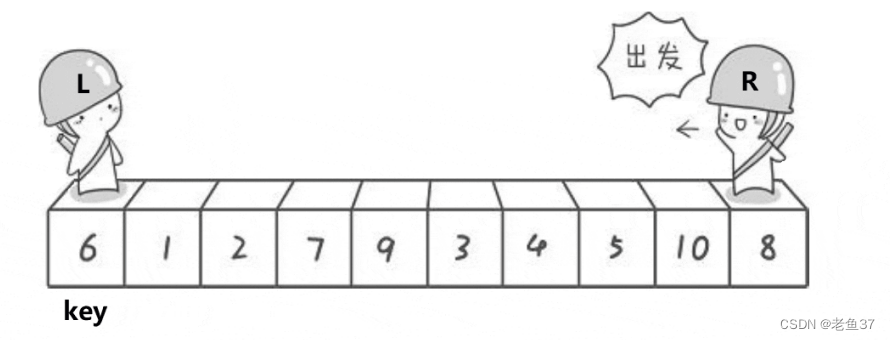
That is to say, the first established subscript is key The value of is the comparison value , It is generally believed that the first value on the left is key value , then , From the right , Look for a comparison key Small numbers , When R When you stop ,L Just move , Then find something better than key Big value , Then proceed L、R In exchange for , Eventually they will meet , The value corresponding to the encountered subscript will key Assigned to him , Then divide and rule ,
[left,key-1] key [key+1,right] It's just a recursion
Data structure must learn to draw pictures to think about problems , Make the problem clearer !

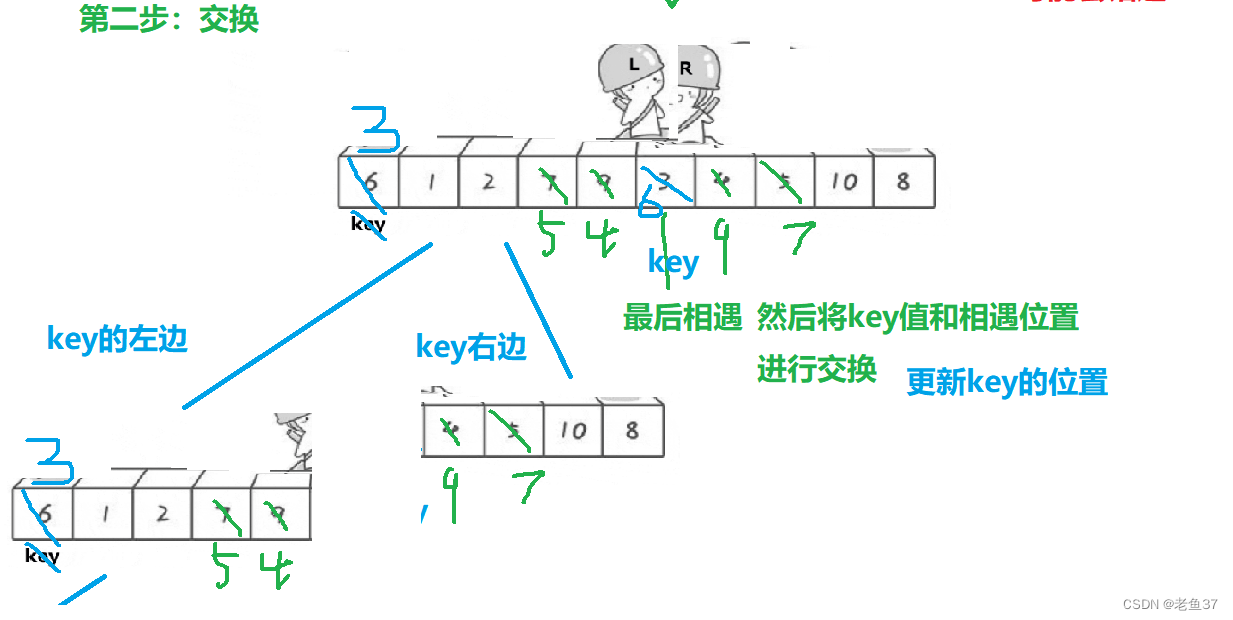
Complete code :
//hoare edition
void QuickSort(int* arr, int begin, int end)
{
// Come in and judge
if (begin >= end)
{
return;
}
int left = begin;
int right = end;
int key = left;
while (left < right)
{
// Go first to the right
while (left < right && arr[right] >= arr[key])
{
--right;
}
while (left < right && arr[left] <= arr[key])
{
++left;
}
// In exchange for
Swap(&arr[left], &arr[right]);
}
// Finally met
Swap(&arr[key], &arr[left]);
key = left;// to update key The location of
QuickSort(arr, begin, key - 1);
QuickSort(arr, key + 1, end);
}
void PrintSort(int* arr, int len)
{
for (int i = 0; i < len; i++)
{
printf("%d ", arr[i]);
}
}
int main()
{
int arr[] = { 3,1,2,4,9,5,6};
int len = sizeof(arr) / sizeof(arr[0]);
QuickSort(arr,0, len-1);
PrintSort(arr, len);
}Here's another way , Be optimized by the great gods , It's easy to understand !
2、 Excavation method ------- As the name suggests, there is a pit
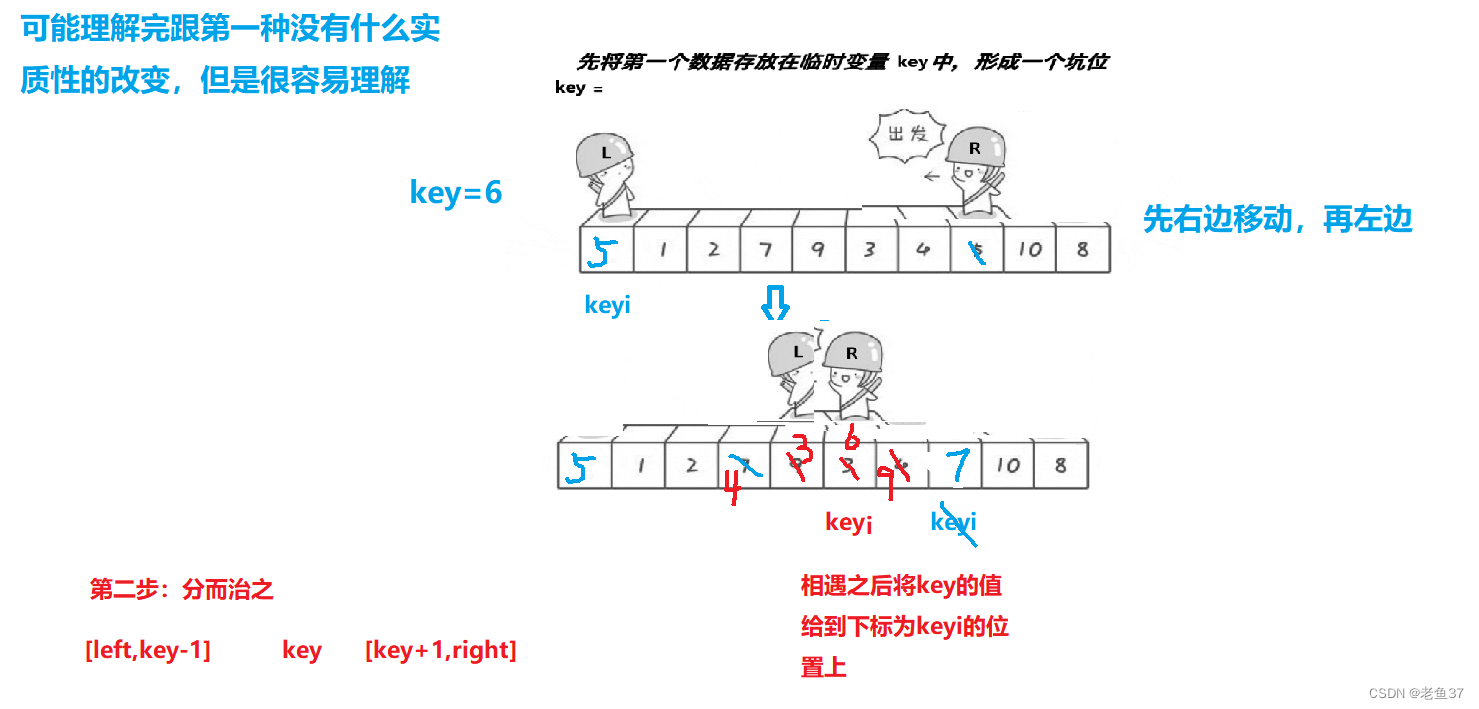
Complete code :
// Excavation method
void QuickSort(int* arr, int begin, int end)
{
if (begin >= end)
{
return;
}
int left = begin;
int right = end;
int key = arr[left];
int piti =left;// Pit position
while (left < right)// Control range
{
while (left < right && arr[right] >= key)
{
--right;
}
arr[piti] = arr[right];
piti = right;
while (left < right && arr[left] <= key)
{
++left;
}
arr[piti] = arr[left];
piti = left;
}
// And the last pit we met
arr[piti] = key;
QuickSort(arr, begin, piti - 1);
QuickSort(arr, piti + 1, end);
}
void PrintSort(int* arr, int len)
{
for (int i = 0; i < len; i++)
{
printf("%d ", arr[i]);
}
}
int main()
{
int arr[] = { 3,1,2,4,9,5,6};
int len = sizeof(arr) / sizeof(arr[0]);
QuickSort(arr,0, len-1);
PrintSort(arr, len);
}
The third method : Front and back pointer versions

Complete code :
// Front and back pointer versions
void QuickSort(int* arr, int begin, int end)
{
if (begin >= end)
{
return;
}
int prev = begin;
int cur = begin + 1;
int key = begin;
while (cur <= end)
{
if (arr[cur] < arr[key] && ++prev != cur)
{
Swap(&arr[cur], &arr[prev]);
}
++cur;
}
// There's only one left prev
Swap(&arr[prev], &arr[begin]);
key = prev;
QuickSort(arr, begin, key - 1);
QuickSort(arr, key + 1, end);
}
void PrintSort(int* arr, int len)
{
for (int i = 0; i < len; i++)
{
printf("%d ", arr[i]);
}
}
int main()
{
int arr[] = { 3,1,2,4,9,5,6};
int len = sizeof(arr) / sizeof(arr[0]);
QuickSort(arr,0, len-1);
PrintSort(arr, len);
}I believe it's not difficult for you to learn these three methods of fast platoon , But that is not optimized , Next, let's optimize it ! The time complexity of the first three methods is O(N), Not much improvement in efficiency
An optimization method —: Take the three Numbers ( Improve the front and back pointer versions )
The obstacle to efficiency is key, Not every time key It's the smallest , want No key Every time is the biggest , Then efficiency will definitely not go up , If we let key It's in the area middle Then efficiency goes to a higher level , So three numbers are taken in .
// Front and back pointer versions
void QuickSort(int* arr, int begin, int end)
{
if (begin >= end)
{
return;
}
int prev = begin;
int cur = begin + 1;
int key = begin;
// Take the three Numbers
int mid = GetMidIndex(arr, begin, end);
Swap(&arr[key], &arr[mid]);
while (cur <= end)
{
if (arr[cur] < arr[key] && ++prev != cur)
{
Swap(&arr[cur], &arr[prev]);
}
++cur;
}
// There's only one left prev
Swap(&arr[prev], &arr[begin]);
key = prev;
QuickSort(arr, begin, key - 1);
QuickSort(arr, key + 1, end);
}
Optimization method 2 : Recursion to a small subinterval , Consider using insert sort

Because when the data is in order or close to order , The efficiency of insertion sorting is very impressive , As for why not use hill , Pile up , Because it is faster to use them under big data , But the near ordered time complexity insertion sort is better !
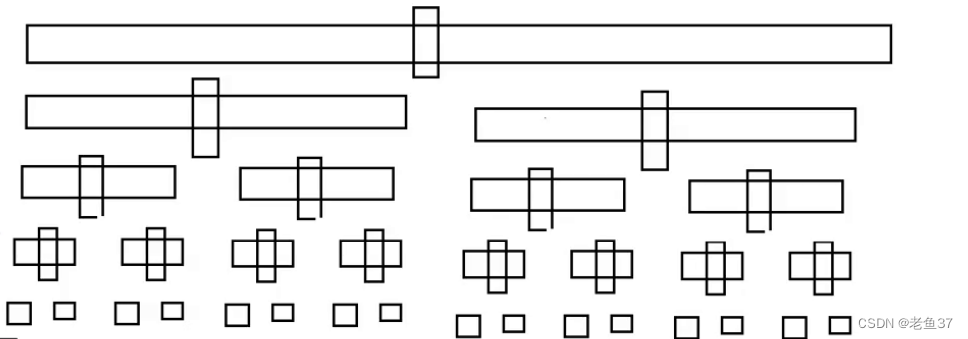
These data can be divided into regions. Finally, the number of recursions close to order accounts for half , So it's very huge .
Area optimization code :
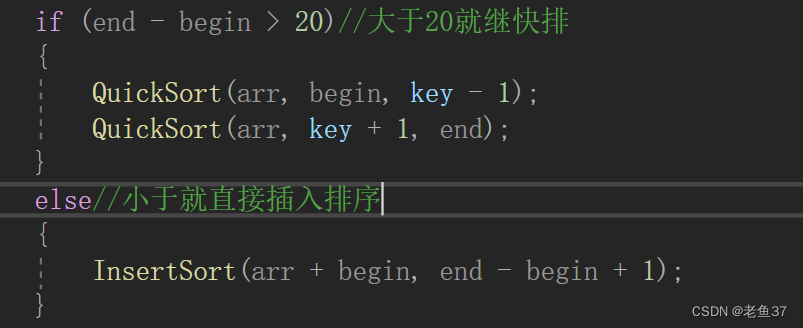
The insertion sort here arr If not begin Words , Then every time it is the front 20 Number to sort , So meaningless ,arr+begin It's in different areas begin----end
This optimization is very cool !
These quick rows are recursive , Recursion is also a disadvantage , So we must also master non recursive methods
Non recursive, we use the stack to complete fast scheduling
The nature of stack is first in and last out , We can use this property perfectly !
Ideas :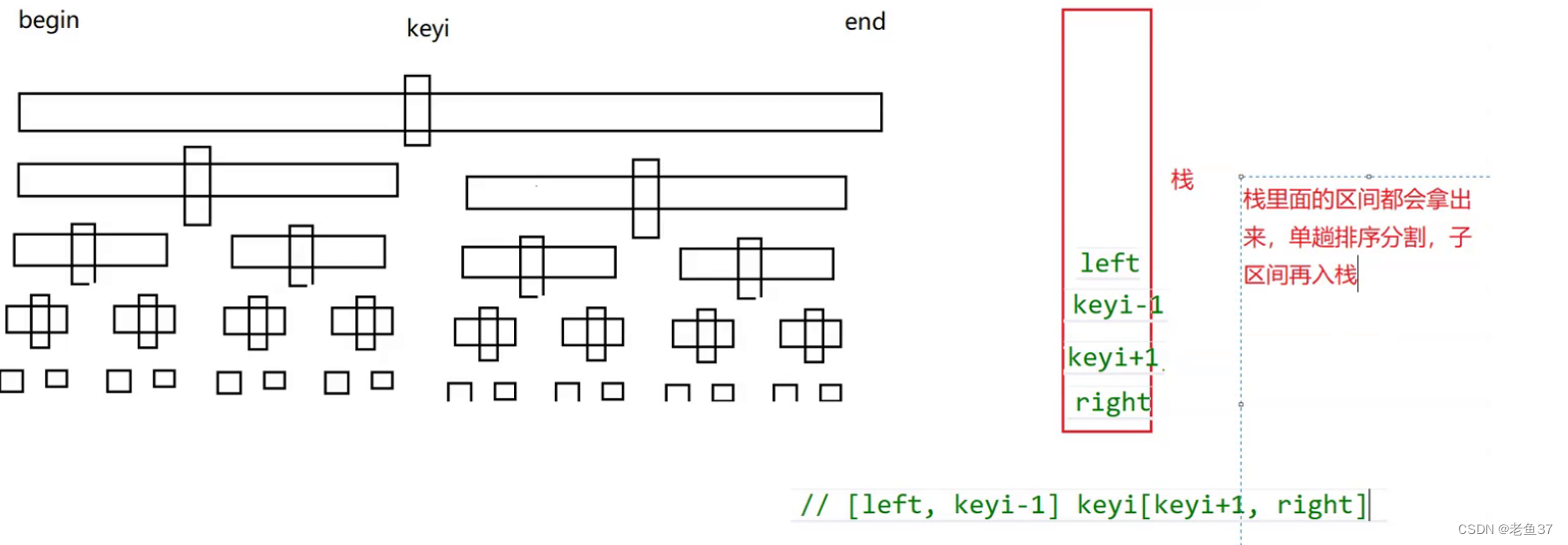
It's exactly like the way trees work , Finish sorting the left tree first , Then sort the right tree , Exhausted to the last area , Finally, destroy the stack again to realize non recursive fast sorting
A little more vivid : Of course, using queues is the same , Just make good use of the nature of the queue , Control it
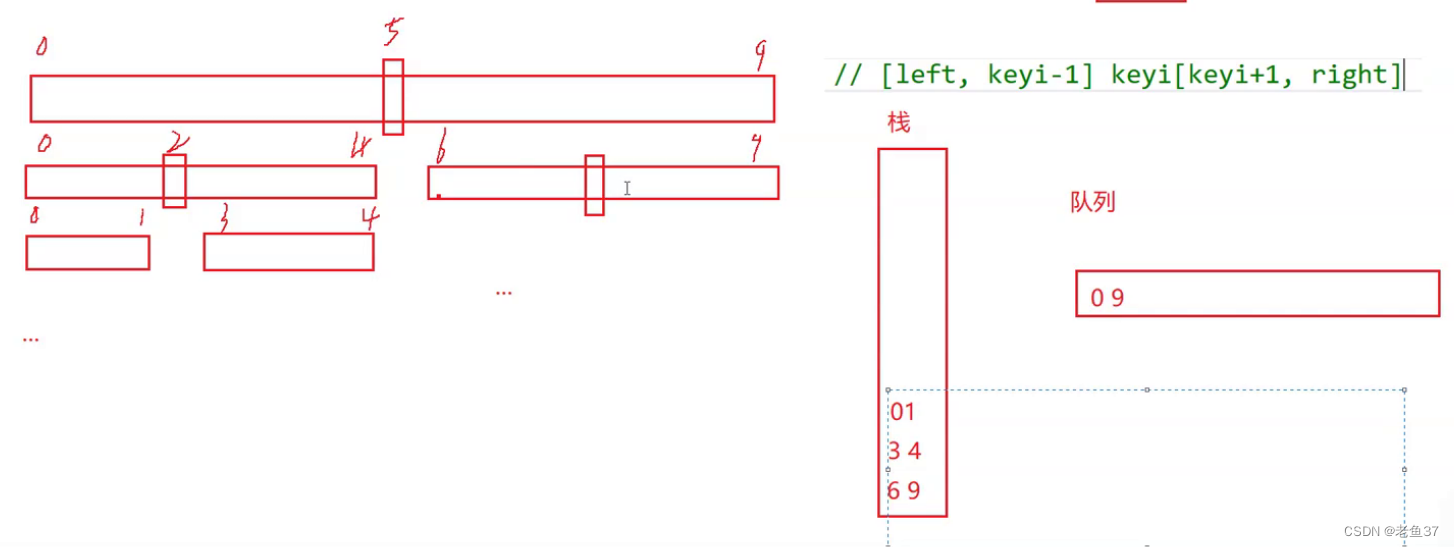
Because this is pure C So first rub a stack , To C++ There's no need for such trouble ,
Non recursive complete code :
// Stack
typedef struct Stack
{
int* arr;
int top;
int capacity;
}Stack;
void InitStack(Stack* ps)
{
ps->arr = NULL;
ps->top = ps->capacity = 0;
}
void StackPush(Stack* ps,int x)
{
// Check whether it is full
if (ps->top == ps->capacity)
{
int newcapacity = ps->capacity == 0 ? 4 : ps->capacity * 2;
int tmp = (int *)realloc(ps->arr,sizeof(int )*newcapacity);
ps->arr = tmp;
ps->capacity = newcapacity;
}
ps->arr[ps->top] = x;
ps->top++;
}
void StackPop(Stack* ps)
{
ps->top--;
}
void DestoryStack(Stack* ps)
{
ps->arr = NULL;
ps->top = ps->capacity = 0;
}
int StackTop(Stack* ps)
{
return ps->arr[ps->top-1];
}
bool StackEmpty(Stack* ps)
{
return ps->top==0;
}
// Stack to achieve non recursive fast scheduling
void QuickSort(int* arr, int begin, int end)
{
Stack st;
InitStack(&st);
StackPush(&st, end);
StackPush(&st, begin);
while (!StackEmpty(&st))
{
int left = StackTop(&st);
StackPop(&st);
int right = StackTop(&st);
StackPop(&st);
int keyi = QuickSort2(arr, left, right);
if (left < keyi - 1)
{
StackPush(&st, keyi - 1);
StackPush(&st, left);
}
if (keyi + 1 < right)
{
StackPush(&st, right);
StackPush(&st, keyi + 1);
}
}
DestoryStack(&st);
}
void PrintSort(int* arr, int len)
{
for (int i = 0; i < len; i++)
{
printf("%d ", arr[i]);
}
}
int main()
{
int arr[] = { 3,1,2,4,9,5,6};
int len = sizeof(arr) / sizeof(arr[0]);
QuickSort(arr,0,len-1);
PrintSort(arr, len);
}partners ! Give it a try !!
If there is a mistake , Please point out !
边栏推荐
- 直播预告|如何借助自动化工具落地DevOps(文末福利)
- What about SSL certificate errors? Solutions to common SSL certificate errors in browsers
- 729. My schedule I: "simulation" & "line segment tree (dynamic open point) &" block + bit operation (bucket Division) "
- 【招聘岗位】软件工程师(全栈)- 公共安全方向
- 注意!软件供应链安全挑战持续升级
- [detailed explanation of Huawei machine test] character statistics and rearrangement
- 【NVMe2.0b 14-9】NVMe SR-IOV
- 家用电器行业商业供应链协同平台解决方案:供应链系统管理精益化,助推企业智造升级
- I collect multiple Oracle tables at the same time. After collecting for a while, I will report that Oracle's OGA memory is exceeded. Have you encountered it?
- Thymeleaf 常用函数
猜你喜欢
![[detailed explanation of Huawei machine test] character statistics and rearrangement](/img/0f/972cde8c749e7b53159c9d9975c9f5.png)
[detailed explanation of Huawei machine test] character statistics and rearrangement
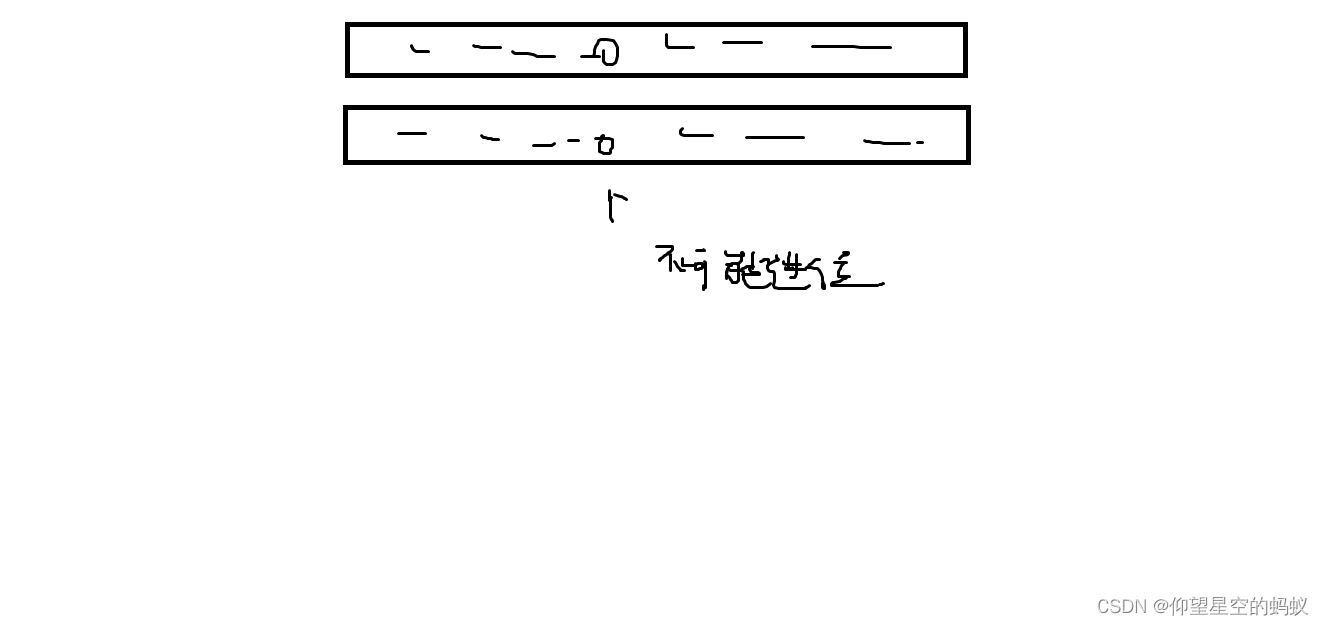
【学习笔记】阶段测试1
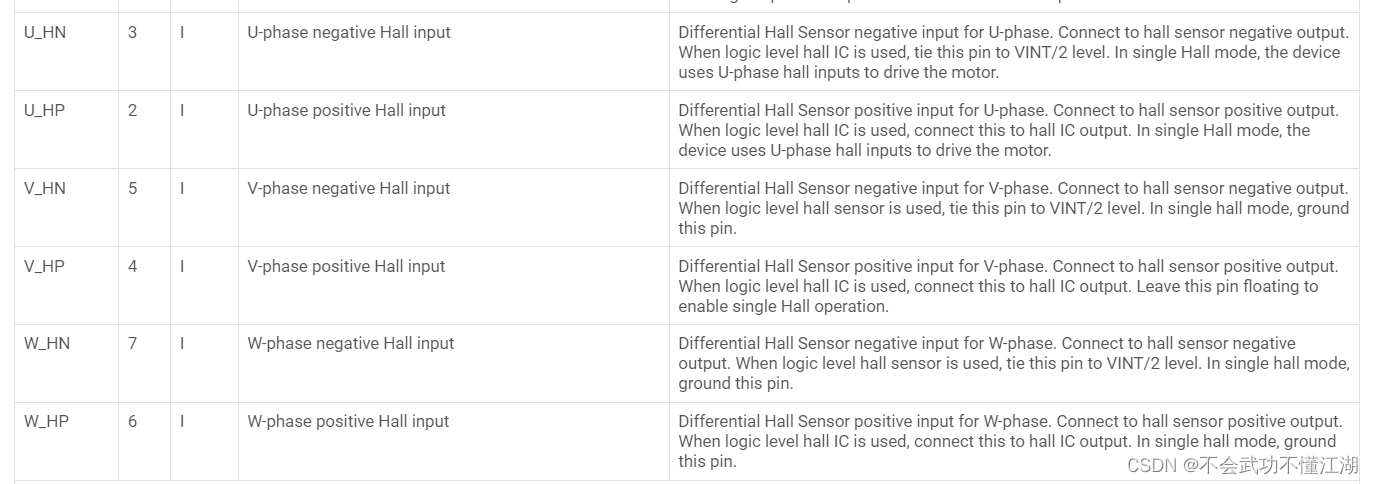
Drive brushless DC motor based on Ti drv10970

Thymeleaf th:classappend attribute append th:styleappend style append th:data- custom attribute
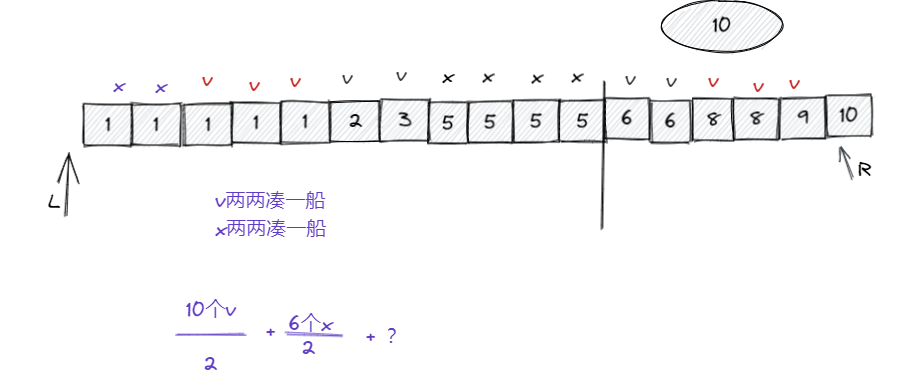
leetcode:881. 救生艇

How to choose the appropriate certificate brand when applying for code signing certificate?

ASP. Net large takeout ordering system source code (PC version + mobile version + merchant version)

Two Bi development, more than 3000 reports? How to do it?
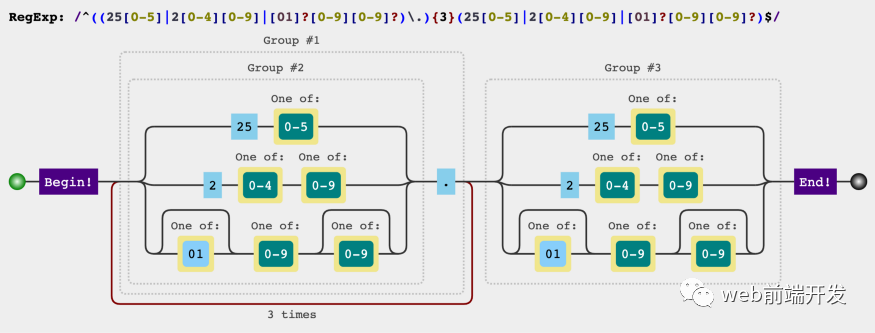
Sharing the 12 most commonly used regular expressions can solve most of your problems
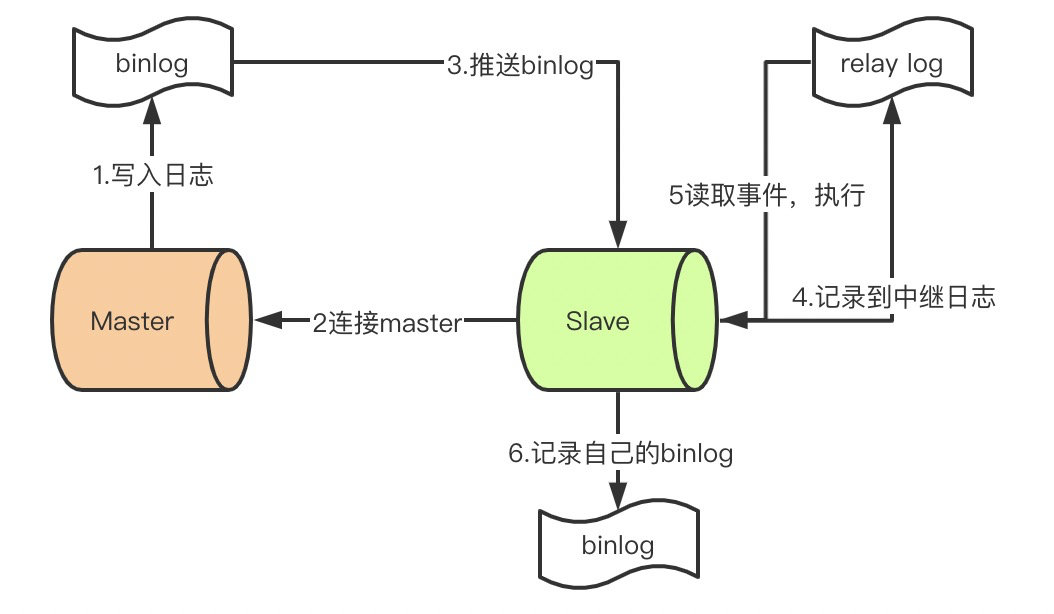
想进阿里必须啃透的12道MySQL面试题
随机推荐
基于TI DRV10970驱动直流无刷电机
Chow Tai Fook fulfills the "centenary commitment" and sincerely serves to promote green environmental protection
NBA赛事直播超清画质背后:阿里云视频云「窄带高清2.0」技术深度解读
Pointer operation - C language
js亮瞎你眼的日期选择器
The function of qualifier in C language
选择排序和冒泡排序
启牛学堂班主任给的证券账户安全吗?能开户吗?
MongDB学习笔记
Long list optimized virtual scrolling
【数组和进阶指针经典笔试题12道】这些题,满足你对数组和指针的所有幻想,come on !
What about SSL certificate errors? Solutions to common SSL certificate errors in browsers
[C question set] of Ⅷ
Thymeleaf th:classappend attribute append th:styleappend style append th:data- custom attribute
World Environment Day | Chow Tai Fook serves wholeheartedly to promote carbon reduction and environmental protection
CPU design related notes
leetcode:881. lifeboat
dynamic programming
C language -- structure and function
How to protect user privacy without password authentication?